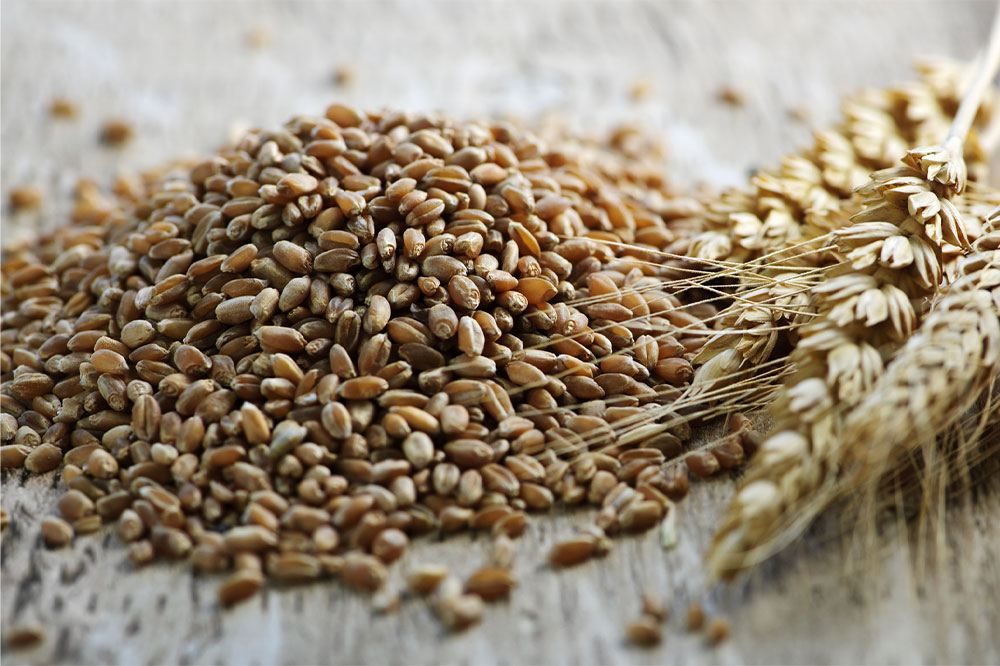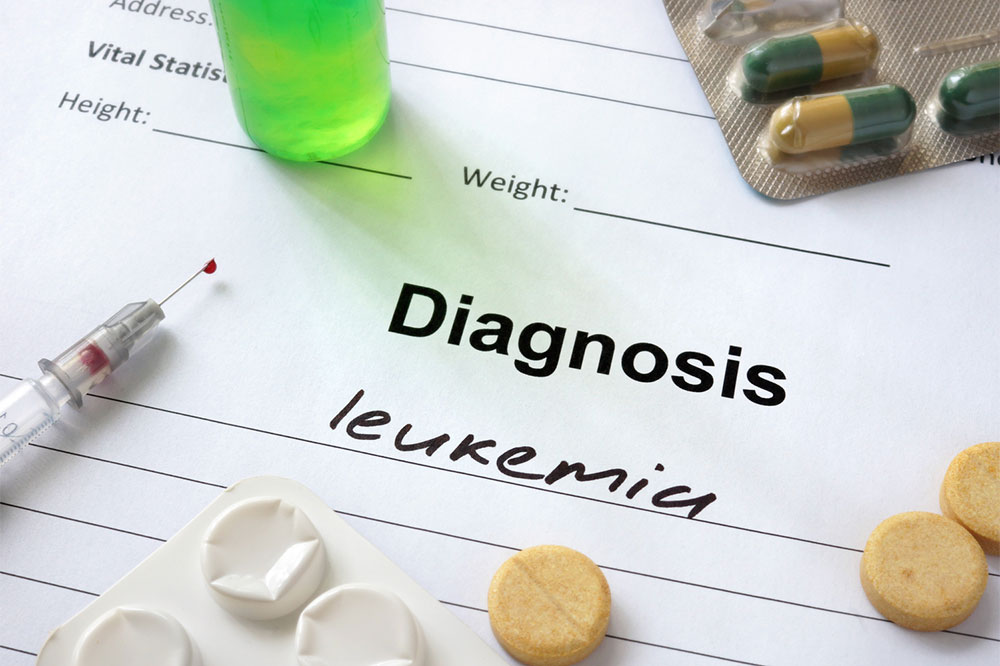Effective Strategies for Managing Leukemia Symptoms
Learn practical strategies to manage leukemia symptoms effectively. This guide covers treatments, diet tips, and lifestyle changes to support patients during their journey. Embrace informed decisions and consult healthcare professionals for personalized care.

Effective Strategies for Managing Leukemia Symptoms
Leukemia is a blood cancer affecting tissues such as bone marrow and lymphatic organs. It ranks as the sixth most common cancer diagnosis. This disease primarily targets white blood cells, which are vital for immune defense against infections. Here are some treatment methods, dietary guidelines, and lifestyle tips to help control leukemia symptoms:
Medical Treatments
BLINCYTO®
BLINCYTO® is designed for certain Acute Lymphoblastic Leukemia (ALL) cases. It works by activating T-cells to identify and attack lymphoma cells that express specific proteins.
TASIGNA®
TASIGNA® contains nilotinib, which is used to treat some types of Chronic Myelogenous Leukemia (CML). It helps by reducing the growth and spread of cancer cells.
Dietary Recommendations
Whole Grains
Incorporate foods like brown rice, oats, quinoa, and buckwheat, which provide essential vitamins and minerals. These support immune health during treatment.
Fruits & Vegetables
Emphasize cruciferous vegetables, legumes, apples, and berries to boost immunity and alleviate treatment side effects.
Patients should avoid unpasteurized dairy and raw meats to prevent risk of infections and parasites. Properly cooked foods help maintain safety during immune suppression.
Lifestyle Adjustments
Regular Activity
Adapt your exercise to daily energy levels, choosing gentle walks or moderate activities based on how you feel each day.
Quality Sleep
Ensure consistent, restful sleep to strengthen the immune system and reduce fatigue related to leukemia and treatments.
Stress Reduction
Practice meditation, breathing exercises, or enjoy hobbies like reading or art. Managing stress significantly aids recovery and well-being.










